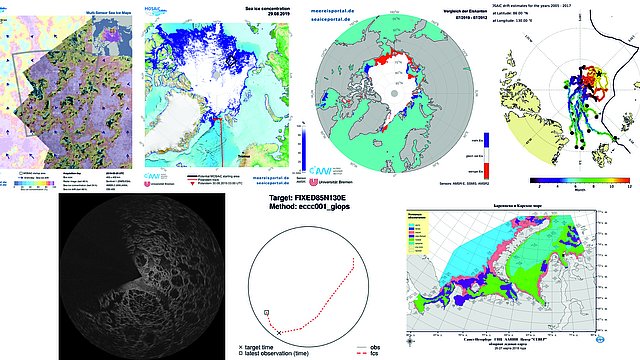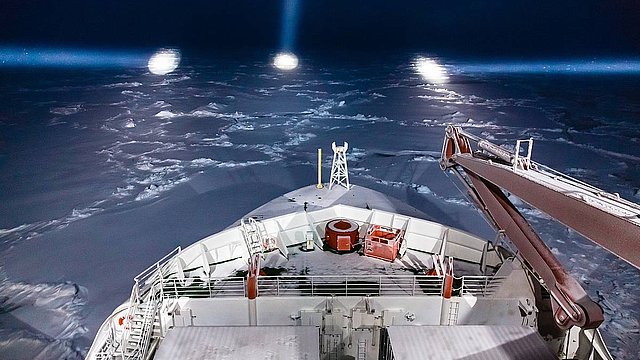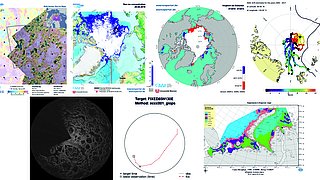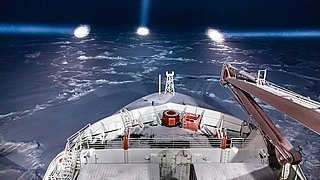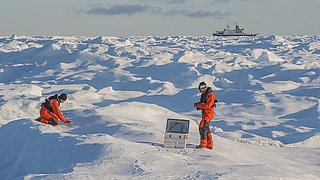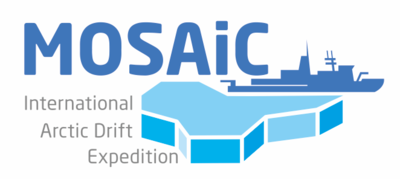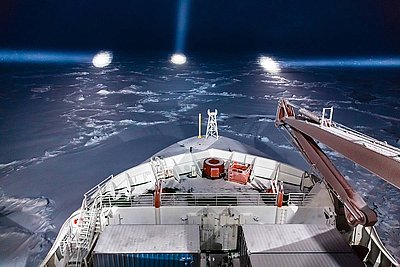During the MOSAiC expedition, researchers from 19 countries will study the Arctic throughout an entire year, spending the winter in a region that is virtually inaccessible in the polar night. Alone the natural forces of the ice drift make this unique experiment possible. The researchers will set up their camp on an ice floe, and connect it to a network of measuring stations extending over an area of several kilometres.
Alongside atmospheric physics, marine biology, oceanography and numerous other scientific fields, sea ice physics is one of the expedition’s core disciplines. It focuses on investigating the sea ice and the interactions between the ice, atmosphere and the ocean. In addition, the sea ice situation is an important parameter determining the drift and the implementation of the experiment. Exclusive data and information from the MOSAiC sea ice physics research will be available at meereisportal.de, which will provide information on the sea ice situation and the MOSAiC station’s drift, as well as the first measurements from buoys and other equipment in the form of maps and other material.
The information section of meereisportal.de at www.meereisportal.de/en/mosaic/ will provide the latest information on the MOSAiC expedition with a focus on sea ice physics.
Two articles will cover various topics, including how atmospheric reanalysis data from the past year will be used to predict the likely development of the sea ice, and how, with the help of the AWI forecasting system (Sea Ice Outlook), the possible ice conditions (ice cover and ice thickness) in the planned starting region will be determined. They will also explain how this system can support the route planning for the RV Polarstern. The second article will describe the MOSAiC station’s predicted drift route through the Central Arctic during winter 2019/20, based on satellite data from the past thirteen years. Further, up to the start of the drift experiments, when the RV Polarstern has moored to a suitable ice flow and the camp has been set up, the AWI Sea Ice Ticker will provide twice weekly updates on the ice conditions in the Arctic and the route the RV Polarstern will take.
The portal meereisportal.de has a special MOSAiC section, www.meereisportal.de/en/mosaic/data/, with downloadable daily maps as well as current data und additional information on sea-ice related aspects of the expedition. The following products will be available:
- Detailed map of the sea ice concentration for the MOSAiC expedition
- Comparison of daily ice-edge positions
- Polarstern drift scenarios based on ‘climatological’ drift forecasts and analyses
- Polarstern drift forecasts (including in ‘near’ real time)
- Multi-satellite products
- Sea ice buoys
- The latest ship-radar images of the ice movement
All this means that it’s possible to ‘be there live’ from anywhere in the world, to follow everything relating to sea ice and to be a part of this unique expedition!
Best regards from the entire MOSAiC sea ice team,
Renate Treffeisen und Klaus Grosfeld
Graphics
